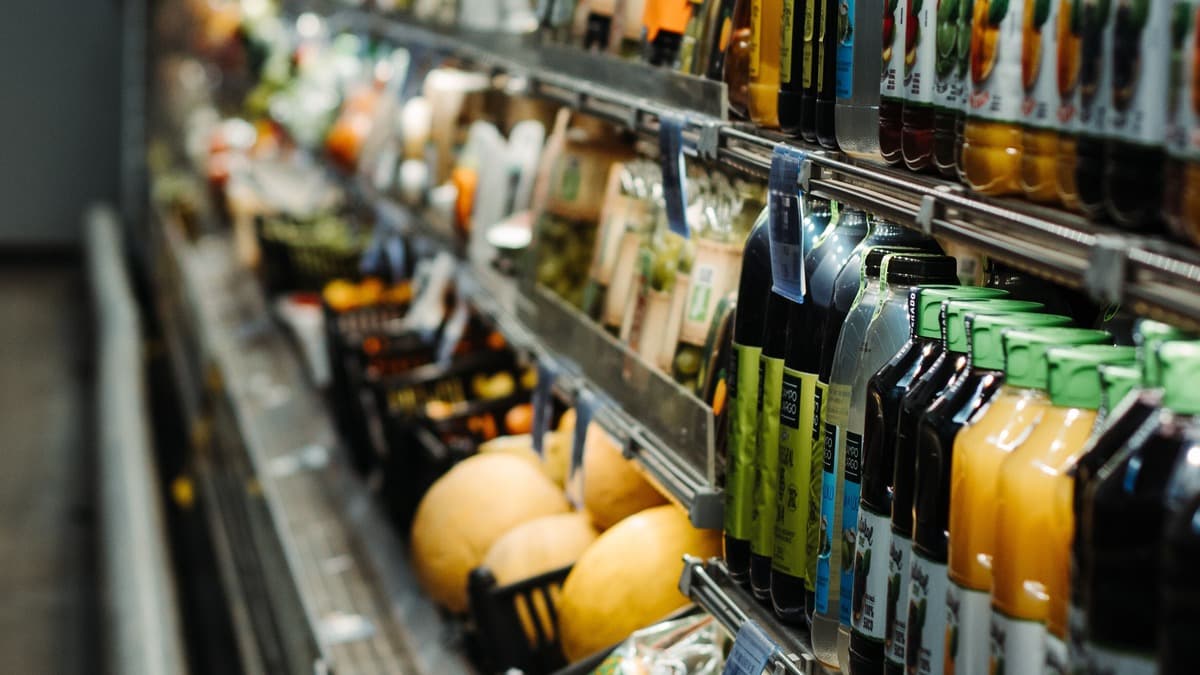July 2023 witnessed a noteworthy upswing in Australian retail turnover, registering a 0.5 percent increase when adjusted for seasonal variations.
This promising development, as unveiled by the Australian Bureau of Statistics (ABS) in their latest release, marks a partial rebound from the pronounced decline observed in the preceding month. The decline in June was attributed to lacklustre end-of-financial-year sales, further underscoring the significance of the July uptick.
The recent surge comes on the heels of a 0.8 percent contraction in retail turnover during June 2023, juxtaposed with a corresponding 0.8 percent ascent in May of the same year. Ben Dorber, the Head of Retail Statistics at the ABS, contextualized this growth, highlighting the subdued nature of underlying retail turnover expansion. When analysed in terms of trends, the retail turnover landscape remained relatively unchanged in July, demonstrating a mere 1.9 percent advancement compared to the corresponding month in the previous year. This modest increase occurred despite noticeable price escalation over the twelve-month period, offering a nuanced perspective on the overall retail climate.
A deeper dive into the sectoral breakdown reveals a resurgence across most non-food industries, signifying a recovery from the preceding downturn in June. The standout performer in this context was department stores, showcasing an impressive 3.6 percent surge, followed closely by clothing, footwear, and personal accessory retailing, which experienced a commendable 2.0 percent upswing. Meanwhile, other retailing categories posted a more modest 0.3 percent increase. However, the household goods retailing segment endured its second consecutive decline, sliding by 0.2 percent. This particular downtrend marked the eighth instance of monthly turnover contraction within the past year.
Turning to food-related spending, the scenario was marked by a mix of outcomes. Cafes, restaurants, and takeaway food services demonstrated notable resilience, charting a commendable 1.3 percent growth. Contrastingly, food retailing maintained status quo without significant movement. Mr. Dorber underscored the resilience of cafes, restaurants, and takeaway establishments despite the broader deceleration in food-related expenditure in recent periods. He attributed this July uptick to heightened spending facilitated by the 2023 FIFA Women’s World Cup and the concurrent school holidays, both of which spurred additional patronage at catering and takeaway food outlets.
The geographic dimension of retail turnover unfolded with diversity across various states and territories. Notably, New South Wales, Victoria, Queensland, and the Australian Capital Territory rebounded in July after substantial declines observed in June. This geographical variability further reinforces the dynamic nature of the retail sector and its susceptibility to both macroeconomic and localized factors.
Anneke Thompson, Chief Economist at CreditorWatch said that latest retail trade data unveils a modest uptick in spending during July, predominantly within the Goods sector.
“Today’s retail trade figures revealed a small increase in spending of the month of July, predominately in the Goods sector. However, this follows negative growth in June 2023, and in year-on-year terms, seasonally adjusted retail trade grew by just 2.1 per cent, versus 2.3 per cent in June 2023. Retail turnover is now growing more slowly than in 2019, the last year for pre-Covid data, and also a time when pricing growth was very subdued.
“The department store category recorded the highest monthly growth, at 3.6 per cent. Some of the larger Discount Department Stores (DDS) such as Big W, did report in their annual earnings calls that they are noticing a trend of new consumers shopping in their stores, as they down-shift to a cheaper product. Household goods spending within DDS’ is still very subdued, but health and beauty is showing resilience.
“Interestingly, food retailing was flat, which may be as a result of some pricing moderation in the fresh food category.
Moreover, the top 5 sectors – Accommodation, Food, Retail – grapple with 8.3%, 8.0% overdue payments, straining operations.
“In terms of payment arrears by industry, Accommodation, Food and Beverage Services and Retail Trade both sit in the top 5 for late payments. These industries are reporting that 8.3 per cent and 8.0 per cent of invoices (respectively) due to small businesses are more than 60 days overdue. This is particularly problematic for businesses in these sectors, as rent as a proportion of their operating expenses is typically quite high, and late payments impact their ability to pay their own invoices on time. Further weakness in retail spending, which is highly likely given the prevailing high interest rate environment, is going to add further pressure to retailers, and result in increasing failure rates going forward.”
Keep up to date with our stories on LinkedIn, Twitter, Facebook and Instagram.

